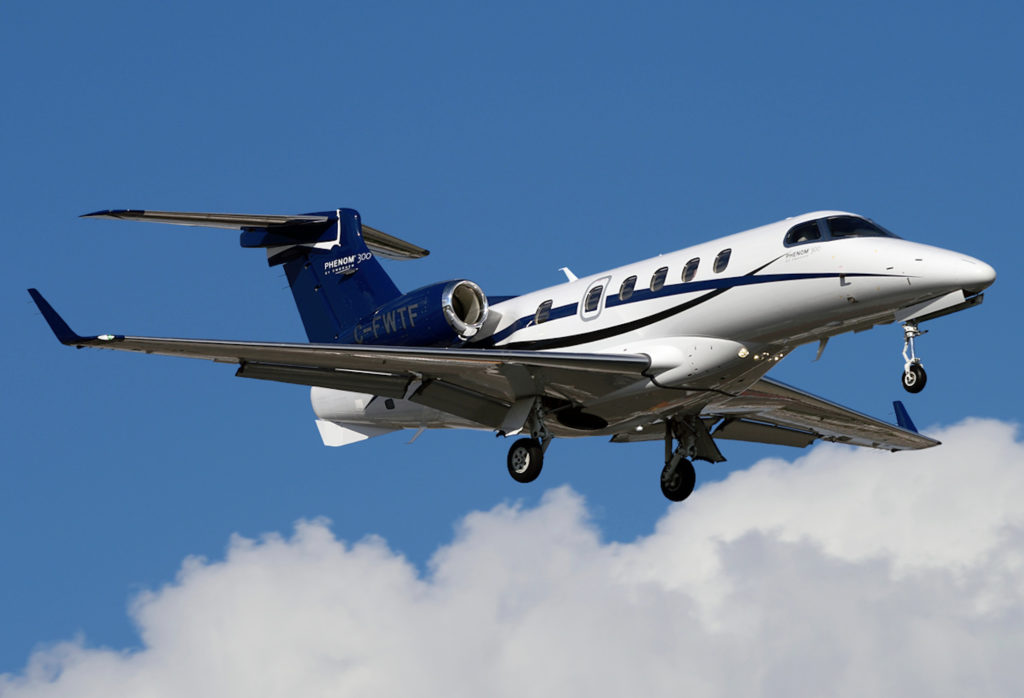Estimated reading time 5 minutes, 28 seconds.
At the 2021 NBAA Business Aviation Convention and Exhibition (NBAA-BACE), JetNet iQ presented its latest state of the market briefing, where the company forecasted 8,529 business jet deliveries over the next 10 years – 42 percent of which are to be small jets. North America is expected to remain as the top economy where business jets are based.
That forecast translates to US$244.9 billion in revenue (based on 2021 dollars). The bizav industry — for the first half of 2021 — is sitting at roughly US$32 billion of value of airplanes to be delivered.

While on the higher side than other industry forecasts, JetNet said it has included the Cirrus jet, and is predicting that another airplane will come out in that class in the next decade. The company also had Gulfstream’s new G400 in its forecast.
“Part of what we do is we forward forecast production rates, but also the models that we think are coming — whether they’re all new or derivatives,” said Rollie Vincent, JetNet iQ creator and director. “And we also produce forecasts that have some realism where we have airplanes dropping out of production. So we have replaced the G650 with the G800 in our forecast. The G400 we’ve been predicting for about three years, so in our forecast it was timed pretty much as expected.”
JetNet sees Cessna leading the charge in deliveries over the next decade (24 percent), with Gulfstream not far behind at 18 percent, followed by Bombardier at 14 percent.
At the beginning of the pandemic (Q2 2020), JetNet found that new airplane purchase probability over the next 12 months was a meagre 3.9 percent. In the third quarter of 2021, that number has risen to 12.1 percent.
Over the last year, a majority of operators have collectively shown interest in purchasing a Pilatus PC-12 as their next aircraft (5.3 percent, based on a survey of roughly 500 operators). Behind that is the popular Embraer Phenom 300 (4.8 percent), followed by the Falcon 2000 (4.2 percent), and various Bombardier, Cessna, and Gulfstream types.
Among the same pool of operators, 84.3 percent of those who provided a response agreed that light jet orders and deliveries over the next 10 years will comprise a higher share of the total business aircraft market, compared to the last five years. Just over 90 percent of those operators also agreed that utilization of charter and fractional services will be sustained at higher than pre-pandemic levels.
Moreover, due to the impacts of Covid-19, 76.8 percent of respondents believe there will be tighter aerospace supply chains — meaning aircraft companies will deal with fewer key suppliers and shift to more domestic/regional sourcing.
During the JetNet press event, Vincent said he believes “supply chain and talent is going to be our real focus in the future.
“The supply chain is struggling,” he continued. “We’ve got unprecedented labor issues . . . as an industry we went through 10 flat years; we had a pretty big year in 2019, then things fell off the tracks in 2020. A lot of our suppliers let go of 30, 40, and 50 percent of their people. We have not recovered.
“We’re really watching the supply, because the supply is not rebounding the way the demand has.”
Vincent went on to say that he’s also concerned about the industry’s supplier base, which means talent. “I’m concerned that we’re not a very diverse or inclusive industry yet,” he told reporters. “We need to get better in a hurry.”
Another big concern is the environmental movement, and the need for sustainable fuel. In JetNet’s operator survey, only 11.7 percent of respondents strongly agreed that they will seriously consider flying with Sustainable Aviation Fuel (SAF) in the next 24 months. Twenty-five percent strongly disagreed, and 28 percent were uncertain.
“We’re very good at technology development, but we’ve got to get a more sustainable fuel our airplanes; we have to convince ourselves it’s a good thing to do,” said Vincent.








